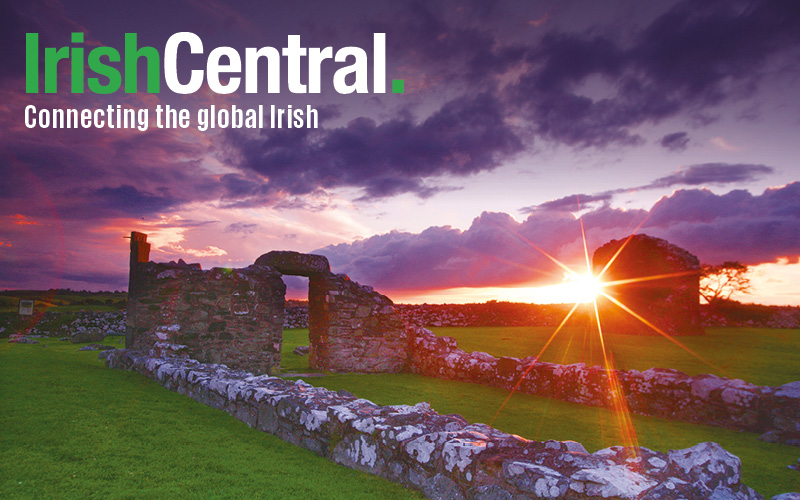A team of researches from the National University of Ireland (NUI) have mapped out the reason two single cells fused together into one living organism two-billion years ago to create human life.
"This was a remarkable event, which appears to have happened only once," said Dr. James McInerney, a senior biologist at the college.
"These two primitive single cell life forms came together in an event that
essentially allowed nature to grow big."
McInerney said not only will the research explain a lot of unsolved questions about human evolution it will also map out how insects, animals and plants came to be.
According to the Herald newspaper, the team have gathered information using genetics “from the mapping of the yeast genome, evidence of two originally single cells, known as prokaryotes, were discovered in a eukaryote which formed with a nucleus.”
“Researchers were able to show that yeast - a model system for molecular biology - contained one eukaryote genome which came from two distinct different prokaryote genomes.”
Said McInerney, "It is in the nucleus that we find the DNA of all species, and for years it had been a puzzle as to how the first nucleus was created. Now we know."




Comments